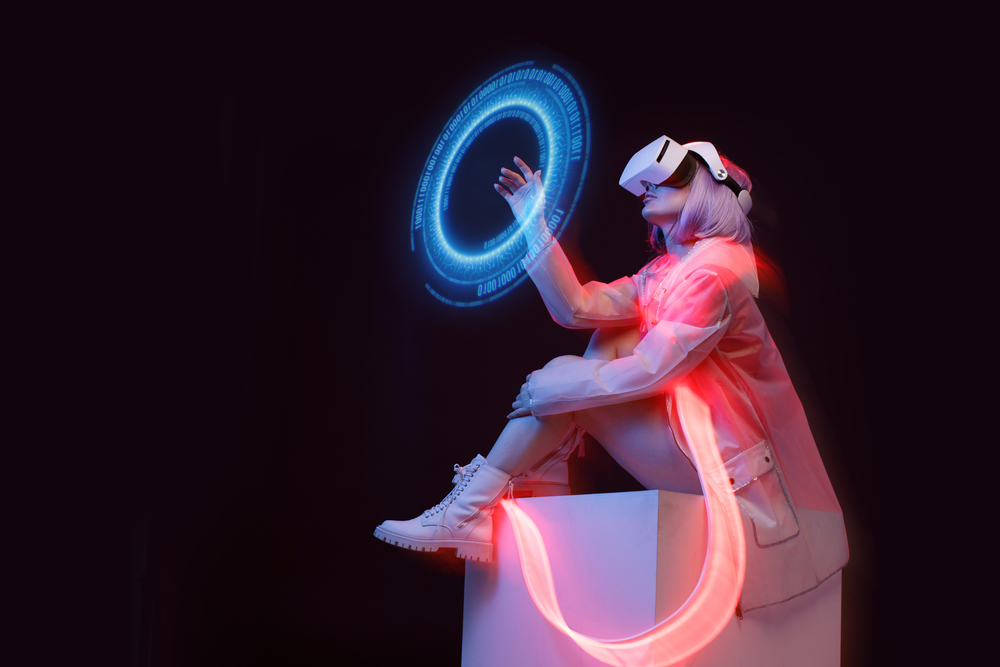Holographic Haptics: Touch Without Contact
Imagine feeling the texture of a digital object without actually touching it. This isn't science fiction—it's the cutting-edge world of holographic haptics. As we inch closer to more immersive virtual and augmented reality experiences, researchers are pushing the boundaries of what's possible in sensory feedback. Holographic haptics promises to revolutionize how we interact with digital content, offering a tactile dimension to visual holograms that could transform industries from gaming to medicine.

How It Works: Sound Becomes Touch
At the core of holographic haptics are arrays of ultrasonic transducers. These devices emit high-frequency sound waves that are precisely controlled and focused to converge at specific points in space. When these sound waves meet, they create areas of high and low pressure. If a user places their hand in this space, they feel these pressure differences as tactile sensations.
Beyond Gaming: Real-World Applications
While gaming and entertainment are obvious applications for holographic haptics, the potential extends far beyond. In medicine, surgeons could practice procedures on holographic patients, feeling the resistance of virtual tissue. Automotive designers could manipulate 3D models of cars, feeling the contours as they make adjustments. Even in retail, customers could “feel” products online before making a purchase.
Challenges and Limitations
Despite its promise, holographic haptics faces several hurdles. Current systems are limited in the range and complexity of sensations they can produce. The technology also requires precise calibration and can be affected by environmental factors. Additionally, the hardware needed for these systems is still bulky and expensive, limiting widespread adoption.
The Road Ahead: Miniaturization and Integration
Researchers are working on miniaturizing holographic haptic systems, aiming to integrate them into everyday devices. Imagine smartphones that can create touchable holograms or smartwatches that project interfaces you can feel. As the technology evolves, we may see it combined with other sensory feedback systems, creating multi-modal experiences that engage all our senses.
Market Potential and Industry Impact
The market for haptic technologies is expected to grow significantly in the coming years. While specific pricing for holographic haptic systems is not yet established for consumer products, industry analysts predict that as the technology matures, we could see integration into high-end devices within the next 3-5 years. The potential impact on industries like gaming, healthcare, and design could be transformative, potentially creating a market worth billions of dollars.
Ethical Considerations and User Experience
As with any emerging technology, holographic haptics raises ethical questions. How will this technology affect our perception of reality? What are the implications for privacy and personal space when touch can be transmitted digitally? Developers and policymakers will need to address these concerns as the technology progresses.
Conclusion: A Tactile Future
Holographic haptics represents a significant leap forward in human-computer interaction. By adding a tactile dimension to visual holograms, it promises to make our digital experiences more immersive and intuitive than ever before. While challenges remain, the potential applications across various industries make this a technology to watch closely. As development continues, we may soon find ourselves in a world where the digital and physical realms are more intertwined than ever, with holographic haptics bridging the gap between what we see and what we feel.





